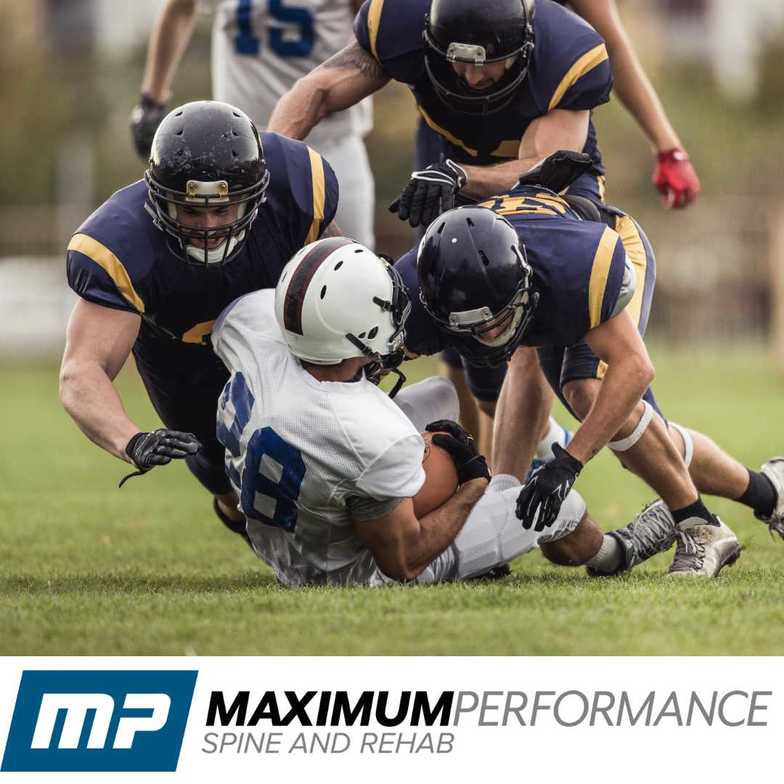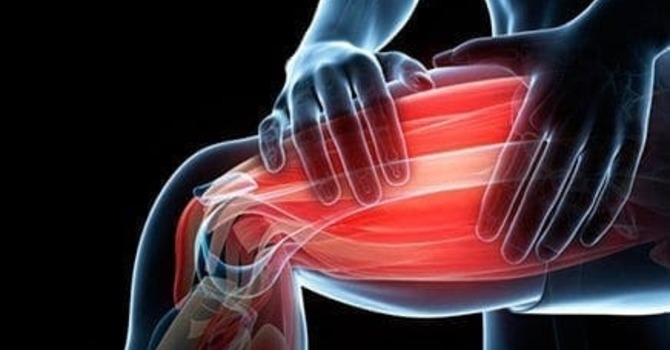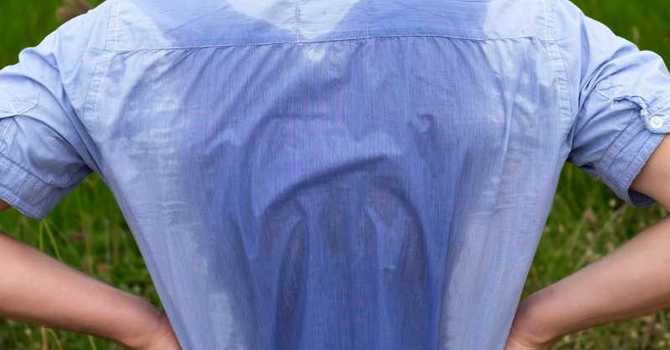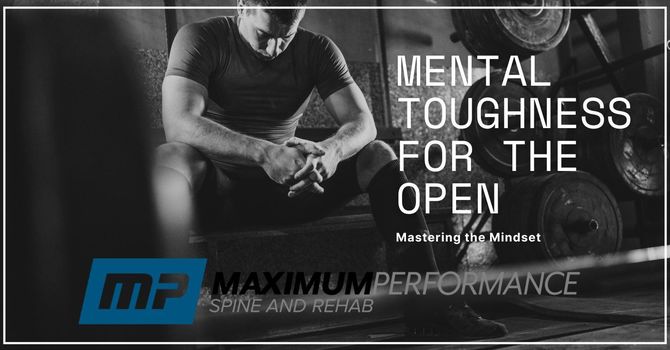
Contact sports like football and lacrosse are exhilarating and physically demanding. These sports require a unique combination of speed, agility, and strength but also come with an increased risk of injury, especially traumatic brain injuries or concussions. As a chiropractor at Maximum Performance, I’ve seen firsthand how crucial it is to prioritize the health and safety of athletes through comprehensive pre-athletic screenings, evidence-informed recovery strategies, and holistic support.
Concussions can have serious long-term effects if not properly diagnosed and managed. In this blog, we’ll cover the importance of pre-athletic screenings using the SCAT-5, how concussions are diagnosed and treated, and the role of chiropractic care and nutrition in supporting a full recovery.
Understanding the Impact of Concussions in Contact Sports
Concussions are a common injury in contact sports like football and lacrosse due to the high-impact collisions and sudden changes in direction. While some concussions result from direct blows to the head, they can also occur from rapid body movements that cause the brain to shift within the skull.
Diagnosing a Concussion
Concussions can be difficult to diagnose because symptoms may not be immediately apparent. To identify a concussion, a healthcare provider will perform a thorough evaluation using tools like the Sport Concussion Assessment Tool-5 (SCAT-5). One of my favorite things about the SCAT-5 test is that it can be done preseason, and used to help interpret a patient after injury.
Symptom Evaluation: Athletes are asked to report common concussion symptoms, such as headache, dizziness, nausea, confusion, sensitivity to light or noise, and difficulty concentrating.
Cognitive Testing: This involves testing memory, attention, and the ability to perform simple tasks like repeating words or reciting numbers in reverse.
Neurological Screening: Balance, coordination, and visual function are assessed to determine if neurological deficits are present.
Physical Examination: The provider checks for signs of neck injury or other physical trauma that might accompany the concussion.
If a concussion is suspected, athletes are often removed from play and referred for further testing, such as neuroimaging, if symptoms are severe. Sometime in 2025, the next version of this test is coming out: the SCAT-6. It is a more thorough examination than previous editions.
Common Symptoms of a Concussion
Concussion symptoms can vary widely but often include:
Headache or pressure in the head
FatigueConfusion or feeling as if in a fog
Dizziness or balance problemsNausea or vomiting
Sensitivity to light or noise
Blurred or double visionMemory difficulties
Mood changes, such as irritability or sadness
It’s crucial for athletes, parents, and coaches to be aware of these symptoms and seek professional help if they suspect a concussion.
The Role of Pre-Athletic Screenings
Pre-athletic screenings are designed to establish a baseline of an athlete’s health and cognitive function before the season begins. At Maximum Performance, we use the SCAT-5 to evaluate athletes’ neurological function, making it easier to detect and manage concussions if they occur during the season.
The SCAT-5 serves as a standardized tool for comparing an athlete’s baseline performance to their post-injury status, allowing for more accurate diagnoses and safer return-to-play decisions. This screening is not only beneficial for athletes themselves but also provides peace of mind for parents and coaches, knowing their athletes have undergone a thorough evaluation.
Strategies for Concussion Recovery and Prevention
The recovery process for a concussion can vary based on its severity and the athlete’s history of head injuries. Here’s how athletes can manage and recover from concussions:
1. Rest and Gradual Return to Activity: Rest is essential in the first few days following a concussion. Athletes should avoid physical and mental activities that can exacerbate symptoms, such as screen time, studying, or intense physical exercise. Once symptoms begin to improve, a gradual return to normal activities can be initiated, starting with light aerobic exercise and slowly progressing to sport-specific drills under the guidance of a healthcare professional.
2. Chiropractic Care for Post-Concussion Management: Chiropractic care can be beneficial for managing symptoms related to concussions, such as headaches and neck pain. Gentle spinal adjustments and soft tissue therapies can alleviate muscle tension, improve blood flow, and reduce inflammation, promoting overall healing. At Maximum Performance, we tailor chiropractic treatments to each athlete’s needs, ensuring a safe and effective recovery. Our approach may include:
Cervical spine adjustments to address neck stiffness and pain
Balance and coordination exercises to restore normal neurological function
3. Beneficial Nutrition for Concussion Recovery: Nutrition plays a key role in supporting brain health and recovery from concussions. Athletes should focus on a diet rich in anti-inflammatory and neuroprotective nutrients, such as:
Omega-3 Fatty Acids: Found in fish like salmon and sardines, as well as flaxseeds and walnuts, omega-3s help reduce inflammation and promote brain cell repair.
Antioxidants: Berries, leafy greens, and colorful vegetables are packed with antioxidants that protect brain cells from damage and oxidative stress.
Protein and Healthy Fats: Lean proteins and healthy fats from sources like avocados, nuts, and olive oil support brain function and energy levels during recovery.
B Vitamins: Foods like eggs, whole grains, and lean meats contain B vitamins that aid in brain cell repair and energy production.
Hydration: iDehydration can worsen symptoms like headaches and fatigue. Athletes should aim to drink plenty of water throughout the day. You may even consider taking a hydration supplement like LMNT, Liquid IV and other similar products.
Monitoring and Follow-Up Care: Regular follow-ups with a healthcare provider are essential to monitor recovery progress and ensure symptoms are resolving. Return-to-play decisions should always be made by a qualified professional based on a comprehensive assessment.
Preventive Strategies for Contact Sports Athletes
Preventing concussions and other injuries starts with building a strong foundation. Here are some strategies to help reduce the risk of injury:
Strength Training and Conditioning: Proper conditioning helps athletes build strength and stability, which can reduce the risk of injury during high-impact sports.
Protective Gear: Helmets, mouthguards, and properly fitted equipment are essential for minimizing the impact of collisions.
Proper Technique and Training: Athletes should be taught safe techniques for tackling, checking, and other sport-specific movements to reduce the risk of head and neck injuries.
Pre-Athletic Screenings: Regular pre-athletic screenings provide a valuable baseline for health and cognitive function, making it easier to detect issues early.
Partnering with Maximum Performance for Comprehensive Care
At Maximum Performance, we offer a full range of services to support athletes before, during, and after the season. Our pre-athletic screenings, chiropractic care, and nutritional guidance are tailored to each athlete’s unique needs. We work closely with athletes, coaches, and parents to create individualized care plans that promote peak performance and long-term health.
Contact sports are demanding, and injuries like concussions are always a risk. But with proper preventive care, prompt diagnosis, and a comprehensive recovery plan, athletes can return to the field stronger and healthier than ever. Pre-athletic screenings with the SCAT-5, along with chiropractic care and nutrition support, can make all the difference in an athlete’s safety and success.
If you or your athlete is preparing for the upcoming season, schedule an evaluation with Maximum Performance today. Together, we’ll build a foundation for safety, strength, and long-term success on and off the field!





